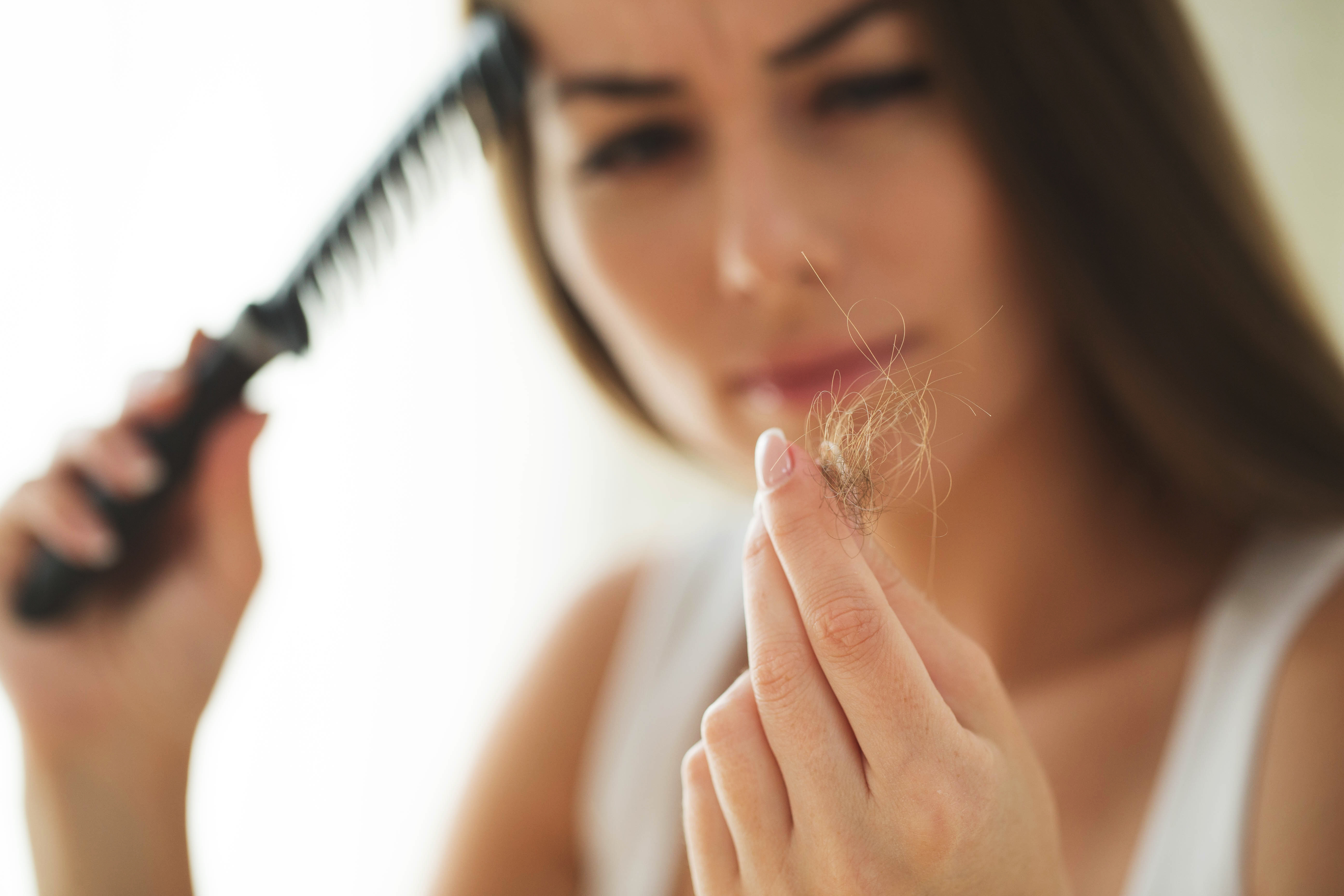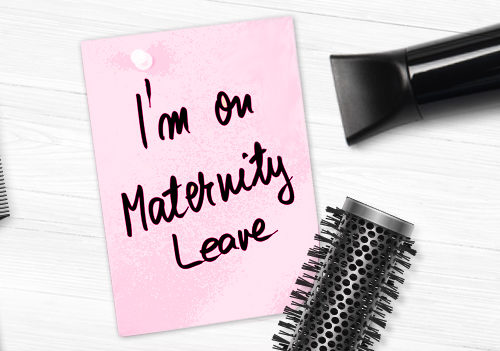With the Royal baby’s arrival all eyes will be on new mum Meghan as she adapts to life as a parent. Sure, she and Harry have lots of sleepless nights and dirty nappies on the horizon, but there are many other changes she’ll go through that mums are often not warned about.
Post-pregnancy hair loss if very common, but it can be a shock if unexpected. Consultant dermatologist and hair expert, Dr Sharon Wong, says new mums can expect changes in their hair during the first few months after the baby is born.
“We usually lose about 100 hairs a day, but the surge in oestrogen levels during pregnancy reduces the amount of hairs lost by keeping the hairs in the growing phase for longer. This results in noticeably thicker, longer, luscious hair.
“However, the drop in oestrogen levels after pregnancy causes those hairs that you didn’t shed while pregnant, to then shed at the same time. This increase in hair shedding is called post-partum telogen effluvium and typically appears 3-6 months after giving birth. Whilst it can be alarming to see hundreds of strands coming out as you wash or comb your hair, it is a temporary cause of hair shedding which normally settles down within 6-12 months.”
Katie Fitzgerald from Brook & Brooks shares her tips for you to pass on to your clients for caring for hair during and post pregnancy.
During pregnancy
1 Hair may change texture so your client will need recommendations to update her products to accommodate the new-found texture.
2 She should avoid chemical treatments as much as possible.
3 Semi-permanent colour and highlights are safe to apply while pregnant.
4 Book her in for regular trims while pregnant to keep her hair healthy and damage free.
5 Motherhood is a wonderful experience but can also be stressful. Remind her to be kind to herself and practice 5-minute breathing exercises, diffuse essential oils and find time to have a laugh.
Post pregnancy hair care
1 Your client needs a diet full of nutrients – vitamin A, biotin and Zinc are particularly important. So eat plenty of orange vegetables, milk and eggs, nuts and seeds, seafood and lentils.
2 As hair shedding takes place, regular trims will ensure her hair stays healthy and in good condition.
3 Suggest regular conditioning treatments to look after her hair and have a little relaxation time.
4 Suggest new styles for a busy mum. Plaiting hair is a great way to keep hair off the face while looking good. When she removes the plaits she’ll have great texture for the next day.
5 When her hands are full with the new baby, Velcro rollers could be her new best friend as they will add body and volume quickly and easily.
6 Encourage her to embrace her new texture rather than fighting against it. Remind her it will eventually go back to normal.
7 As hair grows back it can be fine, baby hairs so show her how to gently control it by spritzing hairspray on a comb rather than directly on the hair.
8 Let her know not to overpull hair into a ponytail. Show her how to gently use fingers to pull it back rather than a brush which can be too harsh.


